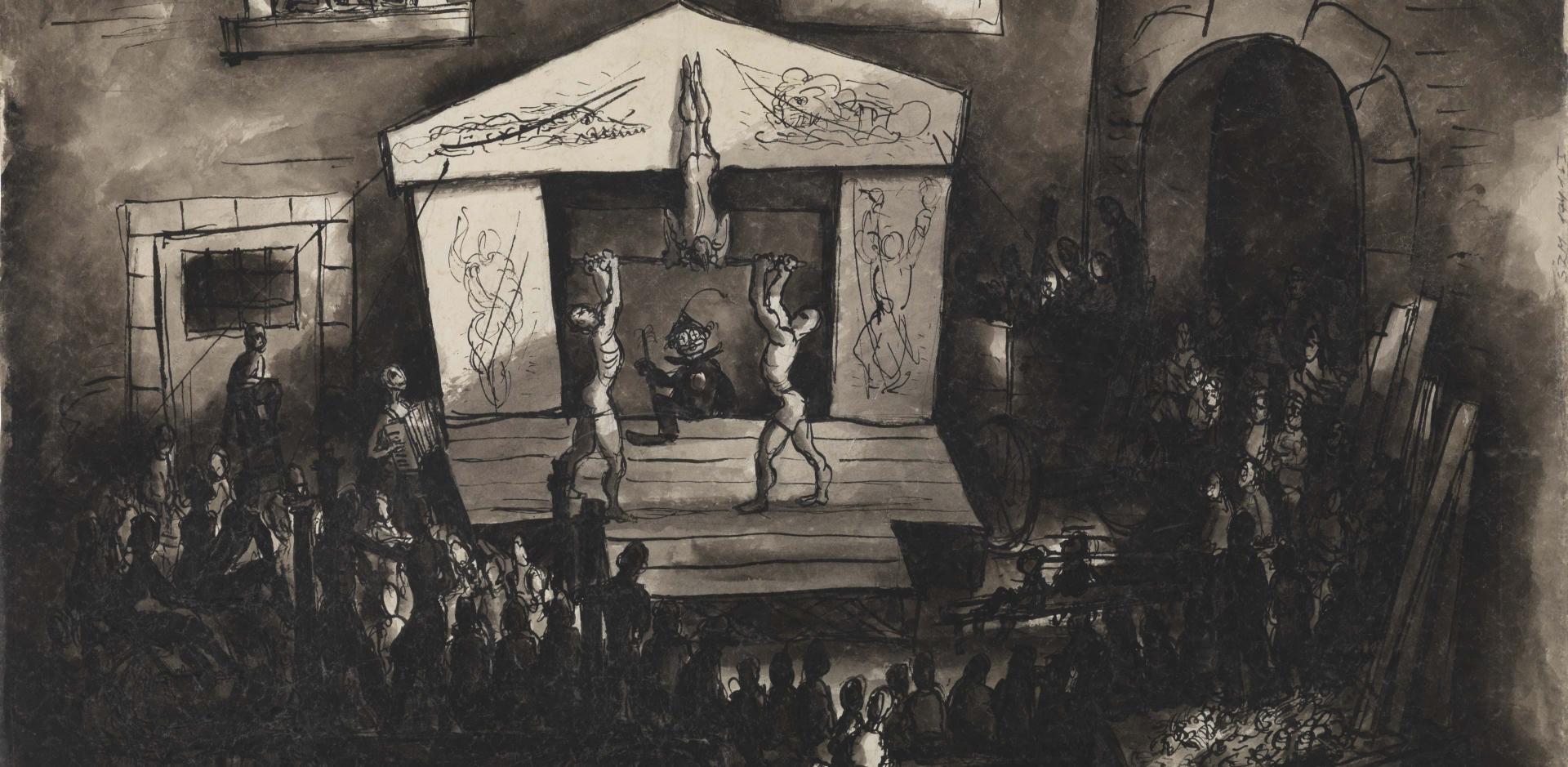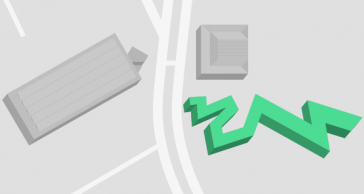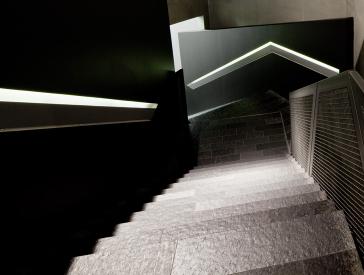
Bedřich Fritta
Drawings from the Theresienstadt Ghetto
Previously, the artworks that the Czech-Jewish artist and caricaturist Bedřich Fritta (1906–1944) created at the “Theresianstadt Ghetto” concentration camp from 1942 to 1944 have been regarded mainly as historical documents. In contrast, this exhibition focused on the artistic methods by which Fritta’s drawings interpret and comment on day-to-day life in the camp. It explored the diversity of his visual language and the artistic quality of his drawings.
Past exhibition

Where
Libeskind Building, ground level, Eric F. Ross Gallery
Lindenstraße 9–14, 10969 Berlin
On December 4, 1941, Fritta was deported to Theresienstadt, where the SS guards at the camp assigned him to supervise the drawing studio of the “Jewish self-administration.” There, as many as twenty artists detained in Theresienstadt were made to produce propaganda to reinforce the camp’s public image as a smoothly functioning “ghetto.”
Secretly, the artists also recorded everyday ghetto life. In October 1944, Fritta was deported to Auschwitz, where he died of an illness shortly thereafter.
The majority of his unofficial works, numbering more than one hundred, survived in hiding and later passed into the hands of his son Tomáš Fritta-Haas (1944–2015). This exhibition publicly presented the assemblage of large ink drawings and smaller sketches in its full scope for the first time ever.
You can still view many of the drawings that were exhibited on the exhibition’s website (www.jmberlin.de/fritta/en/).
Exhibition Information at a Glance
- When 17 May to 29 Sep 2013
and
28 Feb to 4 May 2014 (as part of the special program on the Terezín Ghetto) - Where Libeskind Building, ground level, Eric F. Ross Gallery
Lindenstraße 9-14, 10969 Berlin
See Location on Map



